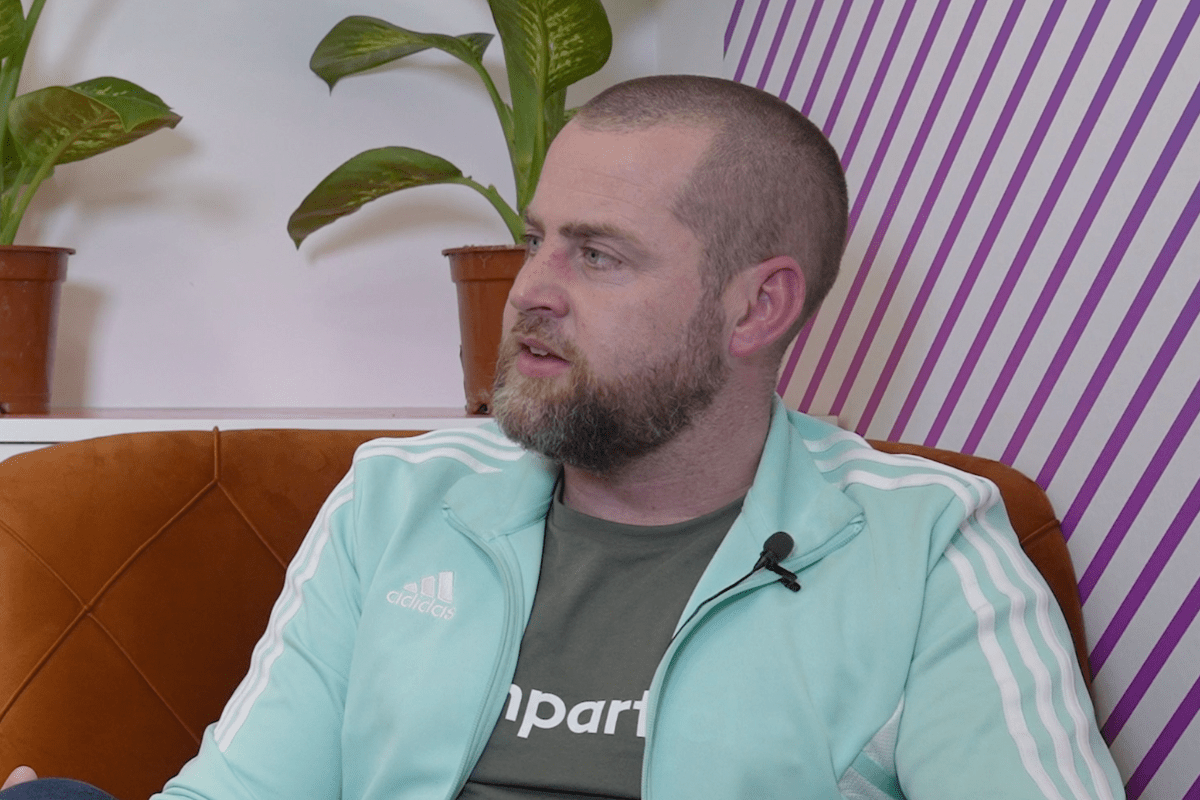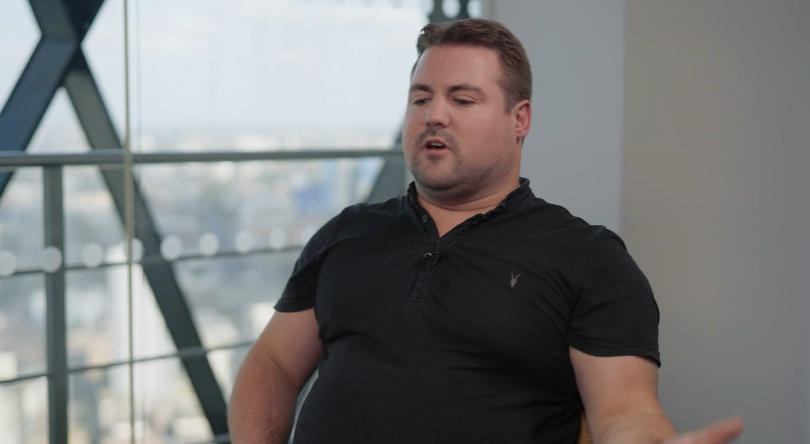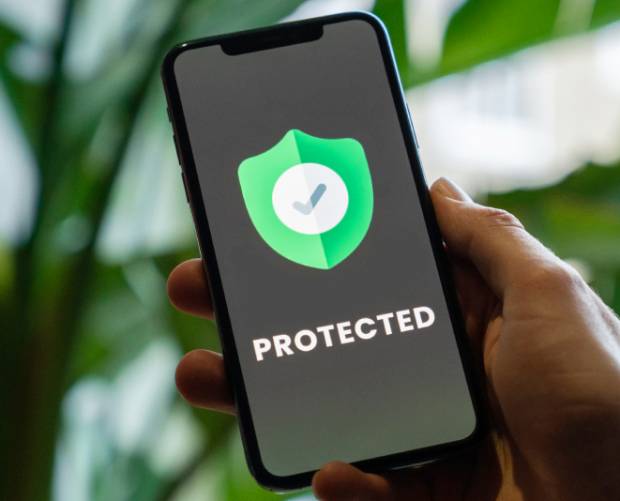Talking Mobile with Jenny Stanley, MD at Appetite Creative
- Thursday, March 24th, 2022
- Share this article:
Mobile Marketing discusses the value of connnected mobile experiences with Jenny Stanley, MD at Appetite Creative.
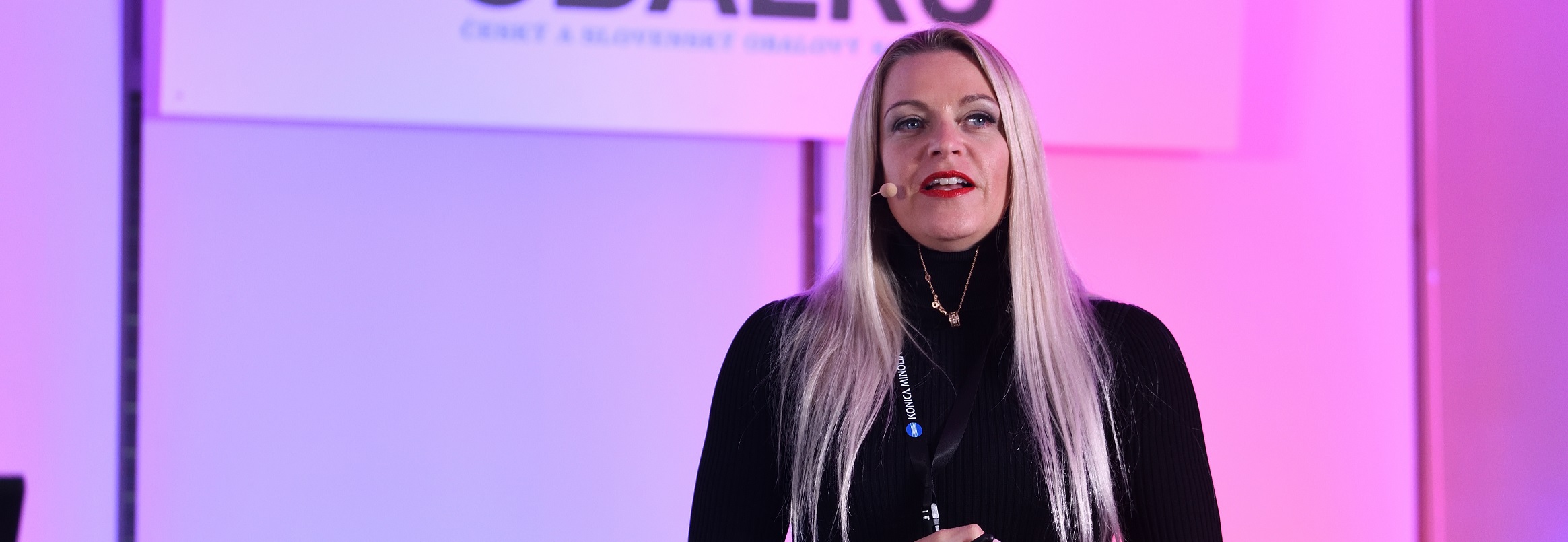 Mobile Marketing: What does Appetite Creative deliver for clients? Who have you been delivering mobile marketing campaigns for recently?
Mobile Marketing: What does Appetite Creative deliver for clients? Who have you been delivering mobile marketing campaigns for recently?
Jenny Stanley: We’re a digital experiences studio that’s number one in creative technology and connecting brands to today’s audiences. We help brands realise the potential of their most powerful marketing asset already found in the hands of their customers, by turning product packaging into a media channel.
We use innovative technology to deliver connected brand experiences which help advertisers to better understand audiences through first-party data, optimise marketing, drive sales, and improve two-way customer communications. From digitising direct mail to creating fun games accessed on mobile through packaging, we work with a variety of well-known brands, including Bacardi, Tetra Pak, Pepsi, Starbucks, Samsung, Vodafone, Coca-Cola, Emmi, Don Simon, Merck and Royal Mail.
Our team of digital marketing specialists have a passion for bringing innovative advertising to life, delivering bespoke campaigns and advertising solutions across all devices and screens.
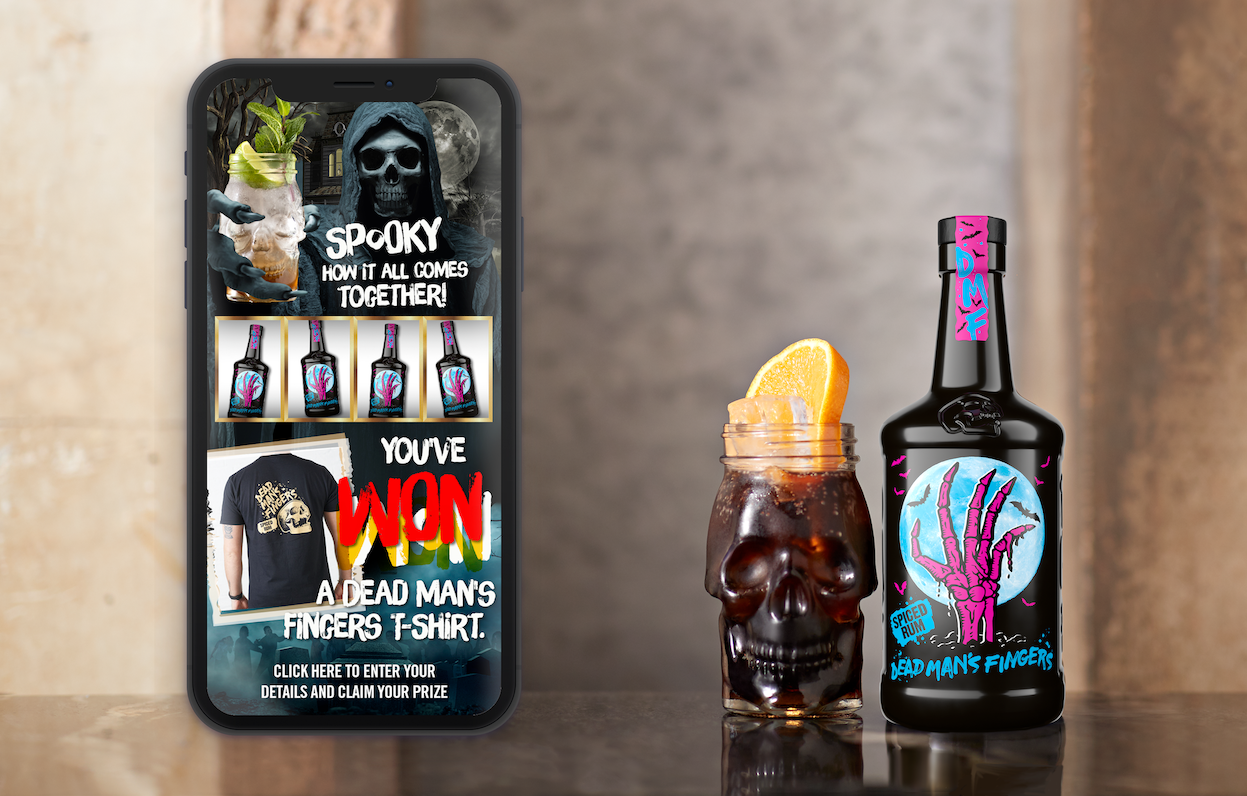 Recent campaigns include a spooky app-based game in time for Halloween with Halewood Artisanal Spirits unconventional spiced rum brand Dead Man’s Fingers; a new augmented reality (AR) connected experience for Emmi accessed via its smart packaging; and a new ‘universal’ connected experience for Tetra Pak which is a first for the packaging industry.
Recent campaigns include a spooky app-based game in time for Halloween with Halewood Artisanal Spirits unconventional spiced rum brand Dead Man’s Fingers; a new augmented reality (AR) connected experience for Emmi accessed via its smart packaging; and a new ‘universal’ connected experience for Tetra Pak which is a first for the packaging industry.
MM: What are the key trends you’re seeing in the ad industry?
JS: Market Research Future (MRFR) estimates the Smart Packaging Market to be worth $61.9bn by 2027. The market was valued at $39.82bn in 2020. Importantly, connected packaging drives sales and high consumer engagement. Tetra Pak claims that connected experiences deliver a 20 per cent increase in sales.
Connected packaging campaigns regularly generate a 14 per cent scan/clickthrough rate (CTR), much higher than a digital advertising campaign (usually around 0.01 per cent). It’s not only impactful, but also cost effective. The average cost per digital advertising click is £1.50, whereas a click or scan on packaging is technically free, giving brands a compelling reason to use connected packaging.
Wide adoption of QR Codes
With the rapid and wide adoption of QR technology over the last 12 months, brands are increasingly recognising the opportunity and don’t want to miss out. We’re now using QR codes for everything from checking in at a restaurant or pub, to finding a menu and ordering food. This increased adoption and understanding of QR codes is universal and impacting all ages – everyone now understands how to use a QR code – and how quickly and easily it can deliver access to key information.
Benefits of first-party data
The collection of first-party data and analytics is of course a major advantage for any brand, with connected packaging delivering this valuable information directly from the customer’s fingertips. Simply by scanning QR codes or barcodes on the product packaging, customers are led to a customised digital campaign. This could be a quiz exploring customer product preferences, education campaigns about health or the environment, to a game that offers discounts, vouchers or sampling. Whatever the structure, it allows for GDPR compliant data collection, and the consumer journey is simple, with no extra app installations required.
Sustainability
A brand’s wider contribution to or impact on society is a growing consideration for consumers, with sustainability one of the key topics under scrutiny. We’re seeing a growing demand for sustainable technology solutions. Brands are increasingly looking to combine environmentally-friendly business practices with consumer education and engagement. At Appetite Creative, we’ve worked on a number of web-based recycling education programmes. We’ve been helping marketers deliver important information in a way that is easy to digest and action, empowering them to make the right choices for themselves and the planet.
Augmented reality
AR offers user experience enhancements to the physical world around them. The user can interact with digital technology that responds to their actions, superimposing audio, video and graphics onto the world as they see it. This technology transforms every day, including things we take for granted, like product packaging.
Packaging can drive increased product consumption aided by AR. For example, a make-up brand might offer virtual try on or access to tutorial content through a packaging code. This encourages overall consumption of the brand’s make-up range.
NFTs, Web 3.0 and the metaverse
Payments through cryptocurrency, such as Bitcoin, Ethereum, Solana and others are being increasingly adopted by businesses, which gives retailers simple payment options through QR codes. Found on a website or at the point of sale in store, the QR code gives customers a payment experience powered entirely by blockchain technology.
By also using them as a payment channel, the customer benefits can include sending reward tokens or NFTs; enhanced loyalty programs based on activities in on-chain loyalty programs; personalised offers; and unique virtual goods to accompany physical purchases. Encouraging customers to ‘play to earn’, it allows brands to send digital assets back to customers which, according to Solana, will open up new capabilities in commerce not possible before.
Brands can incorporate NFTs to make their loyalty programs more interactive and engaging, and, because the ledger is built on blockchain technology, it is 100 per cent trackable and less open to fraud. NFTs can be just about anything. Any digital form of media, including images, music, videos, a game accessory, or concert ticket. They can also be used to benefit NFT holders by giving them access into any given project or community. For example, the NFT could be a simple “VIP pass” into a community. The possibilities of what and how they can be used as rewards are endless.
We’re also seeing requests to create shopping experiences in the metaverse. For example, you enter a virtual reality shop to browse items and try on clothes etc. It creates an interactive shopping experience rather than just an ecommerce site.
MM: How can brands increase outcomes, data, ROI and sales through mobile marketing?
JS: Connected experiences accessed by mobile devices can deliver a raft of brilliant direct to customer experiences. From a simple questionnaire or a game, or a fully connected experience, brands can now transform packaging into a media channel or online publisher.
Used to communicate brand messages and educate customers, connected packaging can connect with and build deeper customer relationships, harnessing the rich data behind those messages. We typically see engagement times of around three minutes, not only improving brand loyalty but opening a two way dialogue with consumers. This enables the brand to establish a stronger brand presence, gather valuable insights, as well as create enhanced user experiences that increase product engagement.
Connected packing is also a great way to share key product information, or inspiration in the form of product recipes and how to videos. It can be used to share supply chain information for imported food or food safety details for food facing safety concerns. Marketing campaigns can also be carried out via connected packaging to inform new product development or help improve an advertising campaign. It can be used as a loyalty card and to collect and redeem sampling vouchers. It’s an incredibly versatile media channel – as well as being agile, responsive, and delivering customer data in real-time.
MM: What does a good mobile-first, digital ad campaign look like?
JS: Connected experiences accessed by mobile devices work best as part of a wider marketing campaign to drive customers to the web-based app experience for more information or benefits, for example vouchers or prizes.
Our work often utilises competitions, which can be very sticky and encourage customer loyalty and repeat visits, but there are so many other opportunities. These include tutorials or virtual product testing, market research using questions and polls targeted directly at customers, and sharing product instructions.
The benefit of connected experiences is that they are accessible in any language, any nation, at any time – all you need is a mobile device. There’s no need to download an app or any software.
It’s also incredibly important to adapt connected experiences to the culture and customers in each market. We work closely with the client leads in those markets to ensure our content and copy is aligned to cultural norms and taps into popular local market trends.
MM: What advice would you give to brands looking to increase digital advertising spend? Where should they focus their attention?
JS: Recent research into brands using connected packaging showed that over half (54 per cent) of respondents claim to have already incorporated connected experiences into their marketing plans and 85 per cent are confident that they would become increasingly important to the packaging industry in the next 12 months and beyond. So I’d say brands should focus their ad spend on connected experiences for all the reasons we’ve already outlined.
MM: How do you utilise data generated by mobile marketing campaigns you deliver?
JS: The different layers of data connected packaging can deliver, from age, gender, and location to product preferences, can help brands build a unique and in-depth picture of consumer behaviours.
This insight can be invaluable, assisting brands to better understand their target audiences, but also reach them more efficiently, building engagement. Whether that is younger mobile-first audiences, or vertical-specific product fans, this data and analysis can guide both product and marketing strategies, harnessed through smart product packaging.
MM: How are your clients coping with the move away from third-party data, what with Apple’s App Tracking Transparency, death of the cookie, more stringent data privacy regulations etc.
JS: A mobile-based connected experience gives brands continual access to GDPR-compliant, first-party data, making it the perfect alternative to using third-party data. Brands now have direct access to consumers, and an ability to collect data across a raft of topics and personal information which is entirely transparent, freely shared by the consumer, and entirely GDPR-compliant. From the data collected, brands can inform marketing campaigns, product development, and also retarget more efficiently and precisely, and expand and duplicate the data stream through profiling.
At Appetite Creative, first-party data collected through a connected experience is displayed on a real-time Performance as a Service (PaaS) dashboard, clearly showcasing the data stream and making its use easier than ever before.
For our customers using connected experiences, they’re able to sidestep the new regulations because they no longer need to rely on third-party data delivered via cookies. It really demonstrates the long-term value this kind of investment delivers.
MM: Looking ahead, what are the new innovations CMOs should look out for over the next five years?
JS: Five years in the advertising technology industry is a very long time. So much has already changed in only the last few months, it’s incredibly hard to predict beyond the next few years in our fast moving and ever evolving industry.
Likely, use of the metaverse and NFTs will become mainstream, and if that’s where people spend their time and play, that’s where advertisers will need to be. Theres also so much happening in Web 3.0 at the moment – it’s only available in Sandbox at the moment but that will change soon. It will ultimately be even bigger than when the internet launched – so it’s very exciting to see what happens…
Internet of Things (IoT), a popular term a few years ago that has gone rather quiet, is likely to make a strong resurgence. Ultimately all of our electrical devices will be interconnected and we’ll see connectivity for everything e.g. toothbrushes; humidity sensors for transporting and storing products at the right temperature; and fridges that automatically reorder milk when you run out etc. IOT will also support connection of other things as other types of technology such as Radio Frequency Identification (RFID) and Near Field Communication (NFC) technology evolve and become adopted.
Consumers now see QR codes as a normal way to access branded content, games, and experiences – and they’re happy to share their personal data in exchange for this value add. Combined with the rise of connected packaging experiences, brands are likely to increase their investment in this supercharged media channel like never before, and the results are already impressive.






